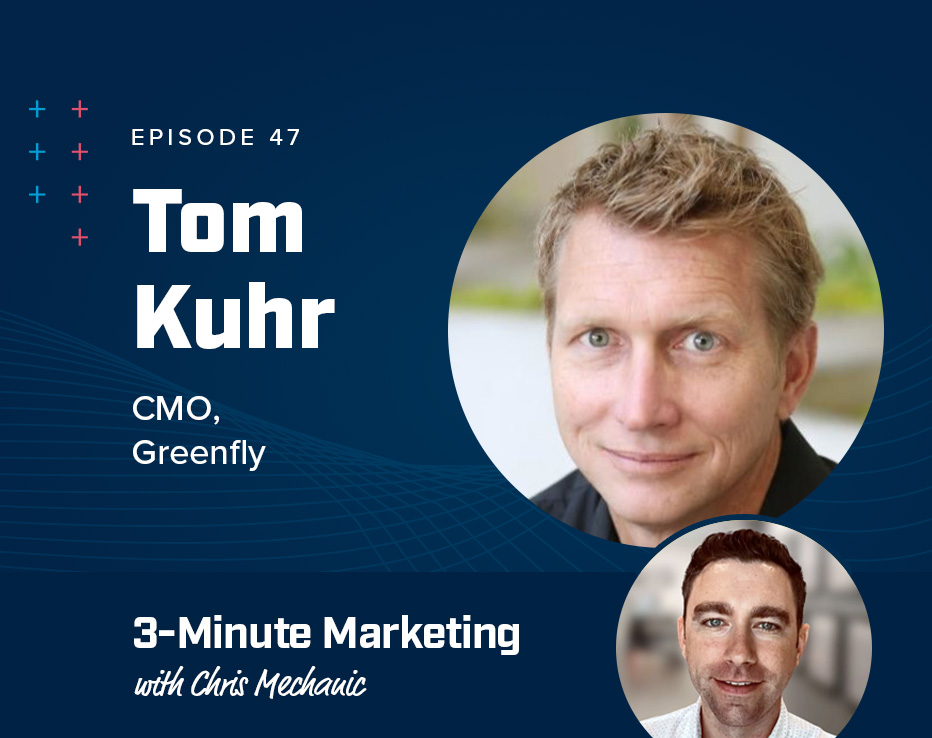
Tips and Tricks for SEO Copywriting
Just about everyone in our society today can agree on one thing; faster is better.
We live in a world where people want to do things quicker, get more done in less time and acquire information with as little effort as possible.
How does this affect SEO copywriting you ask? Simple.
So you already know how to use trigger words in your SEO writing as well as write in a tone that will appeal to your audience. Now how do you structure the page so that your casual audience becomes your captive audience?
Good question.
It’s Human Nature To Scan
Steve Krug, author of “Don’t Make Me Think,” is quoted as saying,“We don’t read pages. We scan them.”
He’s not wrong is he? Think about it; we want to efficiently use our time, and what better way than to scan a content piece to make sure it’s worth reading?
So what exactly do our eyes look for? Is it bright colors, pictures, s p a c i n g, format?
Here are some things to consider when making sure your SEO copywriting is the best that it can be.
Are your headlines engaging?
This is one of the oldest tricks in the book; the who-what-when-where-how-why effect.
Introducing these words in your title make your content more engaging and interesting. These words often challenge the reader to think and seek out the answer provided by a headline such as, “Who are you trusting with your SEO copywriting and are they doing their jobs effectively?”
There are other ways, however, to have the same effect on your reader.
You could ask them a question like, “Do you have any idea why it is that you’re not ranking on Google?” And if their answer is “no,” you bet they’re going to read on.
Break Up Your Page
Imagine opening a magazine and every single letter and word was the same size, font and color.
Kind of gave you a little mini headache just thinking about it didn’t it?
SEO copywriting should be no different than a magazine or newspaper in terms of page set up. When skimming pages, readers tend to look for headlines, page breaks and other landmarks where they can find the beginning of new information or a completely new thought.
Formatting, Formatting, Formatting
Remember taking notes in school when you would highlight the important words in the text so you could immediately refer to them? This is the exact same concept.
By bolding, italicizing, underlining (or any kind of formatting) your text, you draw the reader’s attention to it directly.
This is great for skimming purposes! (<< see what I mean?)
Lists, One Liners and Quotes
One of the easiest ways to make a piece of SEO copywriting skim-able is to insert:
- Lists – These are, well, exactly what you’re looking at right now. Bullet points, numbered lists and outline formats are very easy to read and can be read quickly.
- One Liners – These are lines of content that are, you guessed it, one line long. They are just as good as bold text and very similar to headers in terms of drawing attention to themselves.
- Quotes – You know what quotes are but why are they important to SEO copywriting? One word. Validity. Your reader is going to want to be able to believe what he or she is reading and quoting a reliable source is one of the best ways to portray that you do, in fact, know what you’re talking about.
Say Cheese!
Pictures, yes that’s right, pictures.
Pictures can serve many different purposes on a webpage and are very easy to use. Although this list is by no means comprehensive, it is a good idea to use pictures to:
- Illustrate a point or give an example of text that is being read.
- Show comparisons
- Show statistics or graphs
- Fun (sometimes a little fun is OK if it’s relevant!)
Invisible Like A Ninja
It is known that SEO copywriting revolves around a series of keywords and topics that help it ultimately rank on search engines.
But it shouldn’t be glaring.
A reader should not be able to read a piece of content and start to think, “man, I’ve seen this word/phrase about 400 times, don’t you think they could have worded it differently?”
The keywords and phrases vital to the pages internal SEO should be threaded into the content in such a way that they become invisible to the reader. The words should flow smoothly and should allow the reader to enjoy the content unobstructed by an abnormal amount of keyword repetition.
Be Genuine
This sure seems like a no brainer in terms of SEO copywriting but you’d be surprised with some of the content out on the web today. It is very easy to write about something you don’t care a whole lot about and make it sound blah.
If someone is reading your content, chances are, they are interested in the topic at hand. Shouldn’t the author be as well?
You could employ every tip and trick listed up to this point, but if you’re writing about something that you’re not genuinely interested in, chances are it’s going to show.
Write with your heart, believe what you’re saying and others will believe in it as well.
Most newsletters suck...
So while we technically have to call this a daily newsletter so people know what it is, it's anything but.
You won't find any 'industry standards' or 'guru best practices' here - only the real stuff that actually moves the needle.







